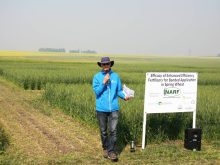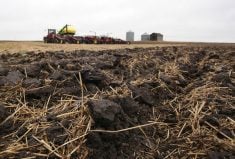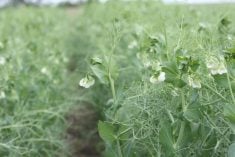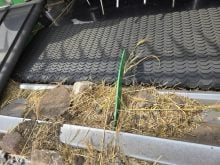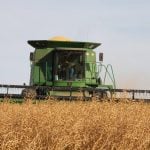Farmers wanting to improve infrastructure face hurdles such as funding, carbon taxes, time and equipment availability
A federal program to encourage producers to install more efficient grain dryers to reduce greenhouse gas emissions is being hindered by obstacles such as rising carbon taxes, says a national farm leader.
“On a larger-scale farm, the tens of thousands of dollars of carbon tax on propane and natural gas put out this year for something as basic as grain drying isn’t a luxury, it’s a necessity,” said Todd Lewis, second vice-president of the Canadian Federation of Agriculture.
“And farmers are very frustrated paying that tax on something they need to do to get the grain into shape so you can store it and make it sellable … it’s difficult to afford this new technology when the carbon tax is being charged.”
Read Also
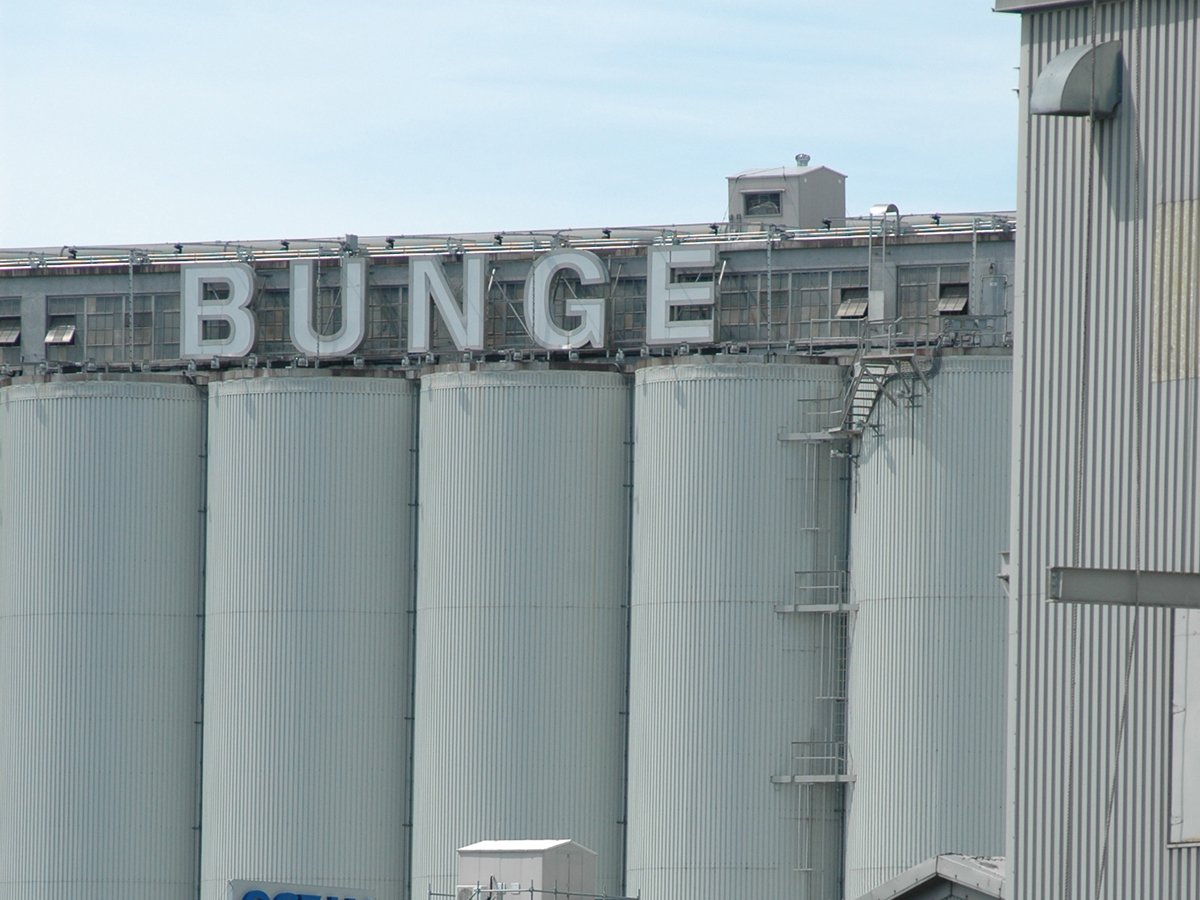
Bunge’s crop mix is changing
Bunge has predominantly been a soybean processing firm, but that’s about to change after the merger with Viterra with softseed processing and grain merchandising gaining ground.
However, the federal government is proposing to add a further $330 million to the program as part of Canada’s 2030 Emissions Reduction Plan announced March 29, said a statement by Agriculture Canada.
“This is a tripling of the current amount committed … more details on the specifics of the new funding will be available in the coming months.”
As part of the initial $165.7 million in funding for the Agricultural Clean Technology Program, the federal government announced last year it will provide a total of $50 million under an adoption stream that includes the purchase and installation of more efficient grain dryers.
For example, farmers could upgrade an old propane dryer, or buy a new carbon-neutral device fueled by biomass. However, applicants must first identify the estimated impact on greenhouse gas emissions, “including the baseline and target reduction that can be demonstrated and measured,” said the statement.
After the projects are completed, recipients must also report how much emissions have been reduced.
“It is anticipated that current pollution levels will be reduced by up to one megaton as a result of investments under this program.”
Demand for the adoption stream has exceeded available funding, said the statement.
Thirty-five grain drying projects across Canada had been announced as of May 27 on Agriculture Canada’s website, including seven in Alberta, three in Saskatchewan, five in Manitoba, 13 in Ontario, and five in Quebec.
“Producers are on the front line of climate change and are working hard and investing in clean technologies to do what it takes to keep the land healthy, productive and resilient,” said the statement. “The program is supporting the agriculture sector’s progress on reducing emissions and continuing to be a global leader in sustainable agriculture.”
Besides the adoption stream, the program included funding for research, development, demonstration, and commercialization of agricultural clean technologies. Applications for this aspect of the initiative are still being accepted, said the statement.
Lewis said grain dryers are essential to many western Canadian farmers. They are particularly important in areas such as northern and eastern Saskatchewan that are experiencing wetter harvests in an era of increasing weather variability due to climate change, he said.
The estimated total value of unharvested crops in Alberta due to severe weather events such as rain or snow was $778 million in 2019. Many farmers across the Prairies relied on their grain dryers that year in what Lewis called a harvest from hell.
“We had a very wet fall, and really there is millions of bushels and hundreds of thousands of acres that wouldn’t have been combined… and typically, it would have just been left out to sit in the field until spring, and of course when that happens, it’s downgraded and might be feed quality, or damaged by wildlife or even mice or gophers as well, so it’s a huge loss.”
Although Lewis said the Agricultural Clean Technology Program had good intentions, it requires for-profit applicants to spend at least $50,000 to qualify to be reimbursed for up to half the cost of upgrading their grain drying technology.
“You’ve got to be a pretty fair-sized operation just to be able to spend that much money on a grain dryer… and we’ve made great strides with the amount of grain that can be dried and the efficiency of it, but it’s going to take time to get cleaner technologies in place.”
It can potentially cost as much as $100,000 to $300,000 for a grain dryer if equipment such as a grain handling or blower system is included, said Ian Boxall, president of the Agricultural Producers Association of Saskatchewan. As someone who bought a new dryer before the program was announced, he said insurance is another factor farmers must consider.
“We didn’t have trouble getting insurance, but there definitely was an added cost to having a dryer for insurance, which I understand the risks … it might have been a few thousand dollars, but it’s just a shock.”
Lewis said producers are facing increasingly thinner profit margins this year due to soaring costs for things such as fertilizer and diesel fuel. Due to this year’s late spring, many farmers will also be seeding into June, likely pushing the harvest into late September and October and increasing the chance grain dryers will be needed, he added.
“So, we’re really putting into the ground our most expensive crop ever as far as inputs and unfortunately, if we end up having a late fall and a damp fall, we’ll end up having grain dried and one of our most expensive harvests ever as well, and a big part of that is the carbon tax on propane and natural gas.”
Meanwhile, the ability of farmers to upgrade their grain dryers has been limited by bottlenecks caused by the COVID-19 pandemic, he said.
Producers can’t simply go out and buy a new grain dryer and get it installed in time for this fall, which adds another obstacle to the Agricultural Clean Technology Program, he said.
“In a lot of cases, the grain dryer won’t be available, you won’t have the construction people be able to do installation … so it’s a difficult program to access.”
However, the federal statement said the program “has received an overwhelming interest since its launch in June 2021. With the tripling of funds, the program is looking at streamlining its application and assessment processes to ensure it can find the best way to support the agricultural sector.”




